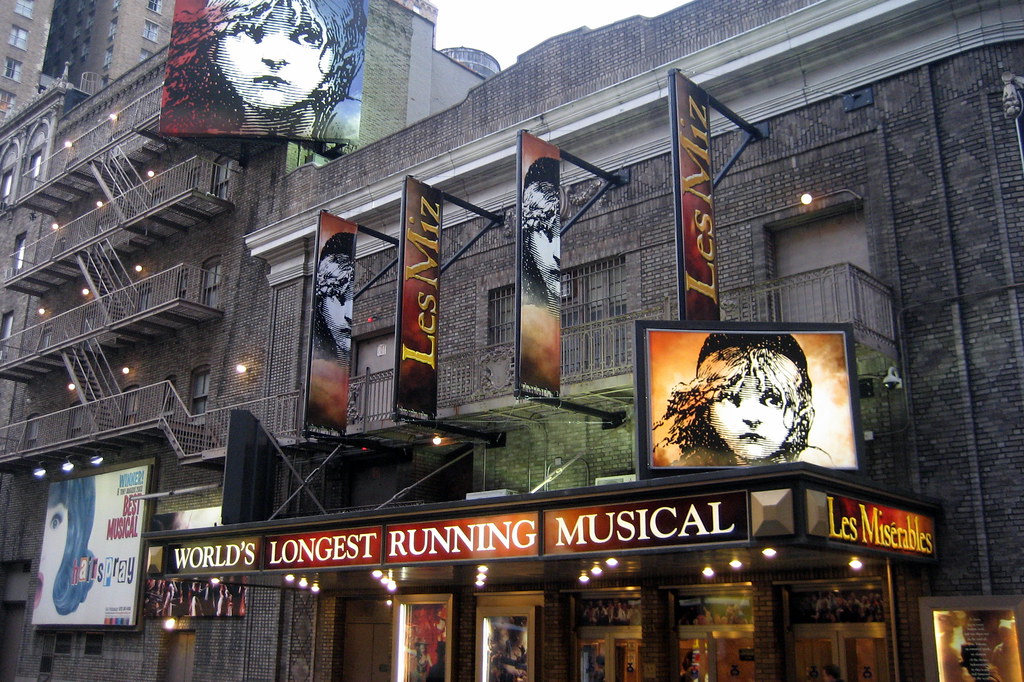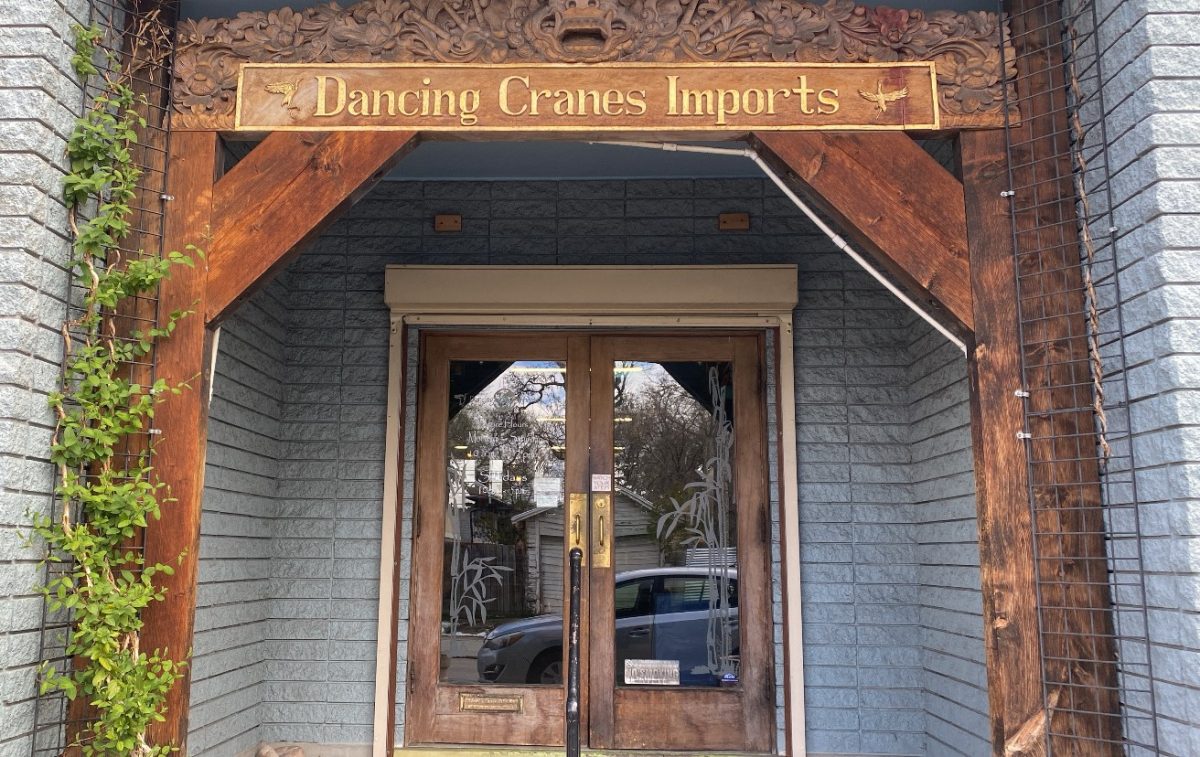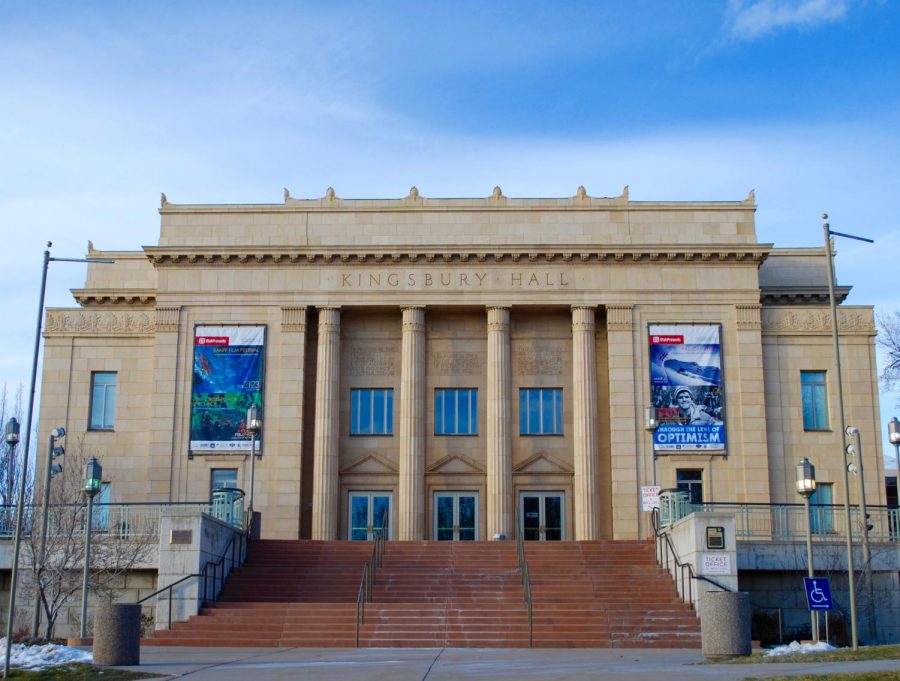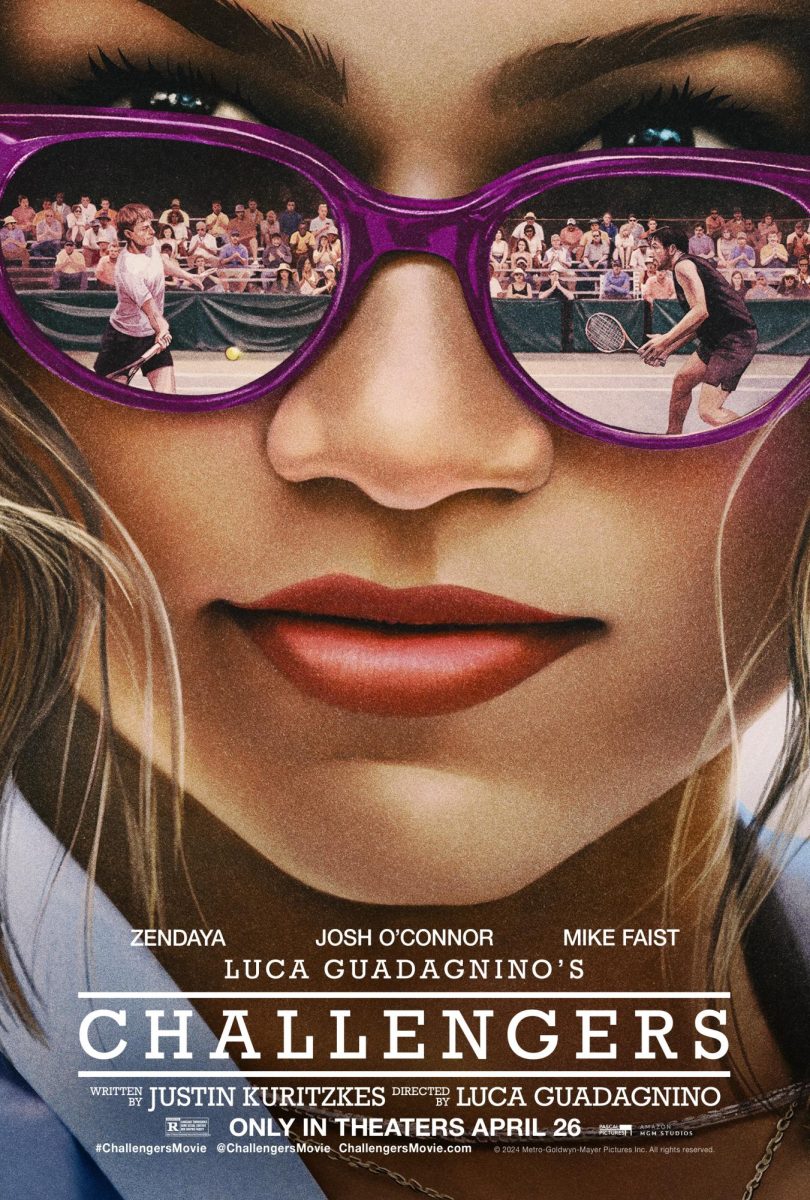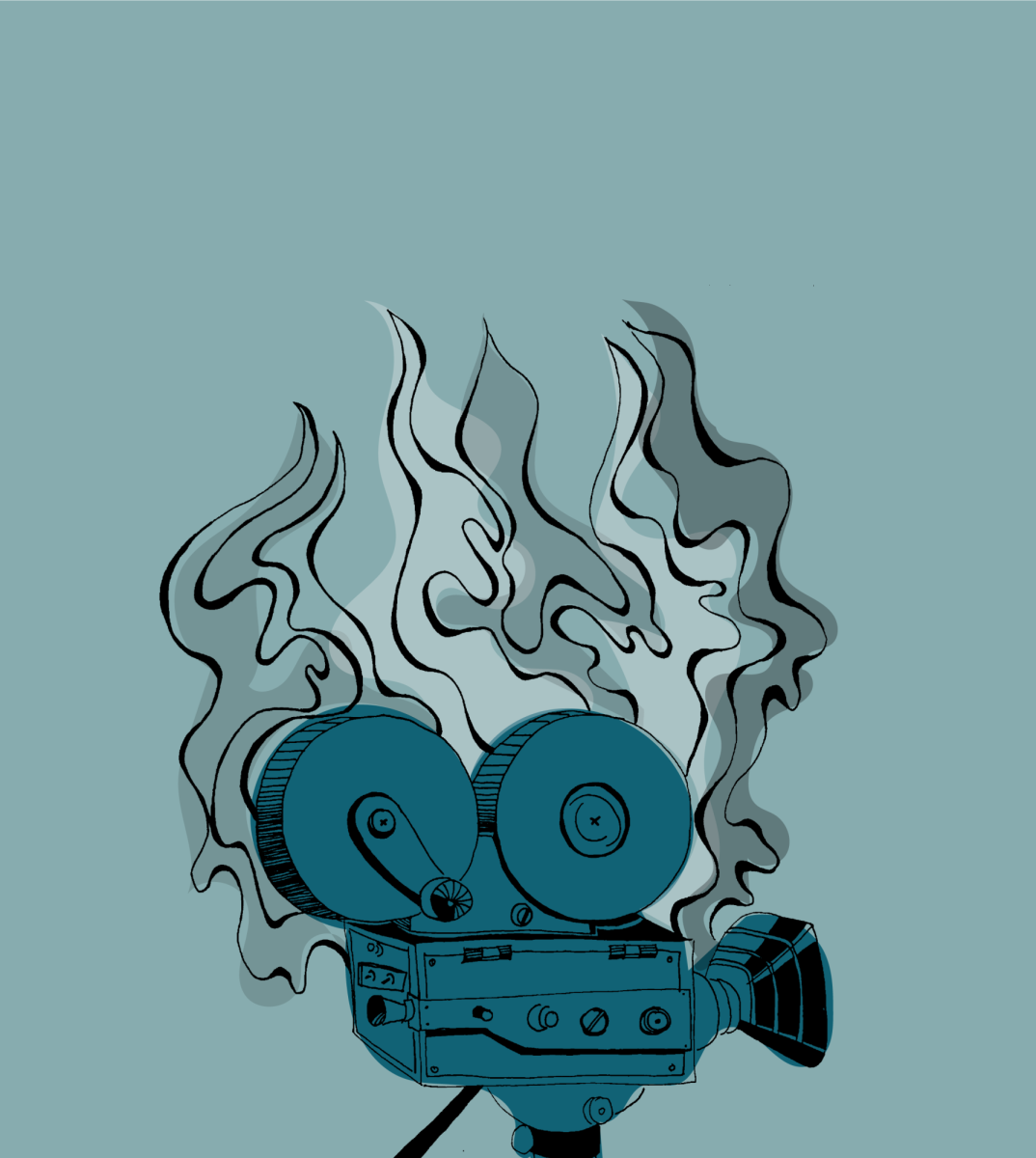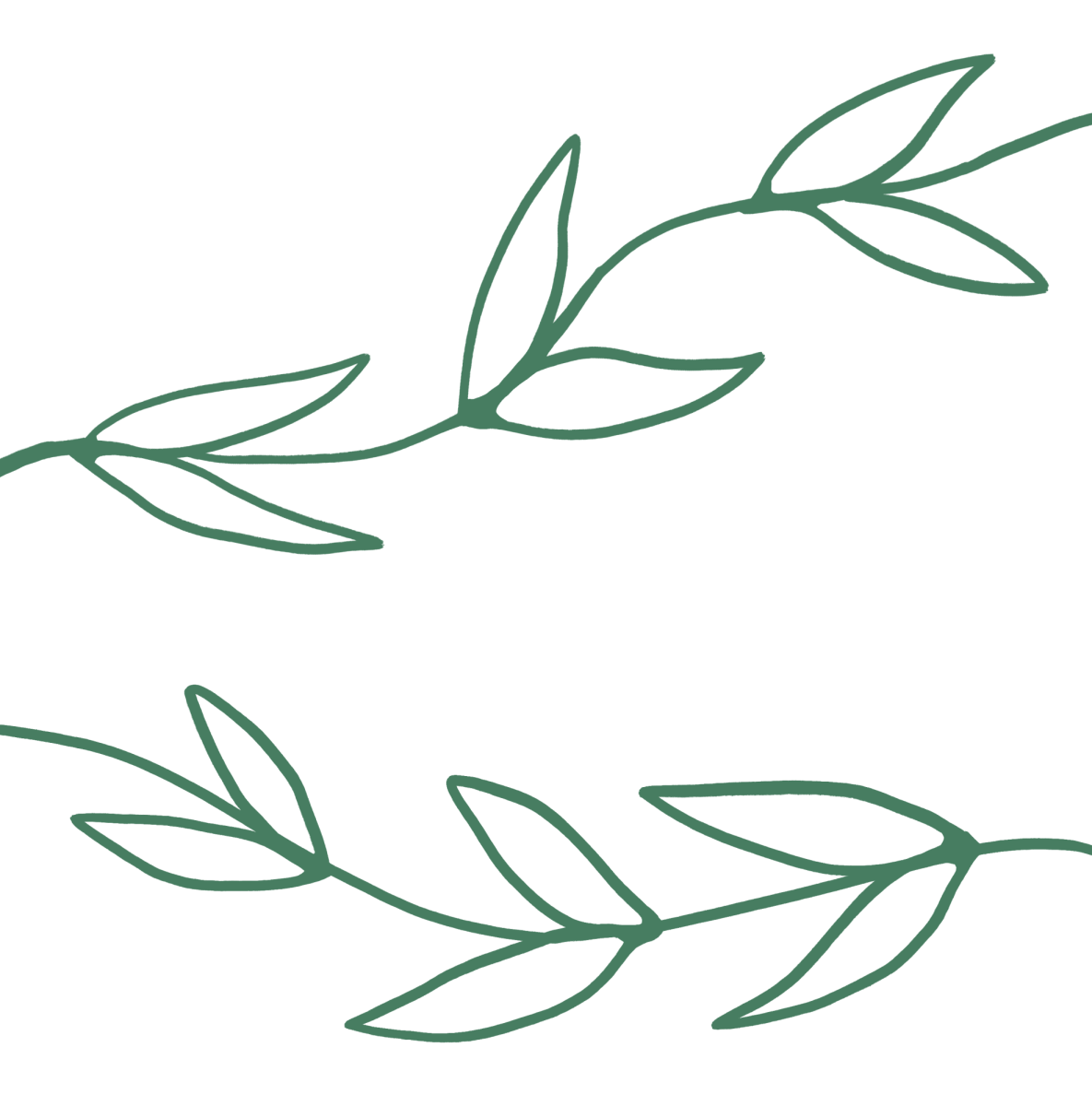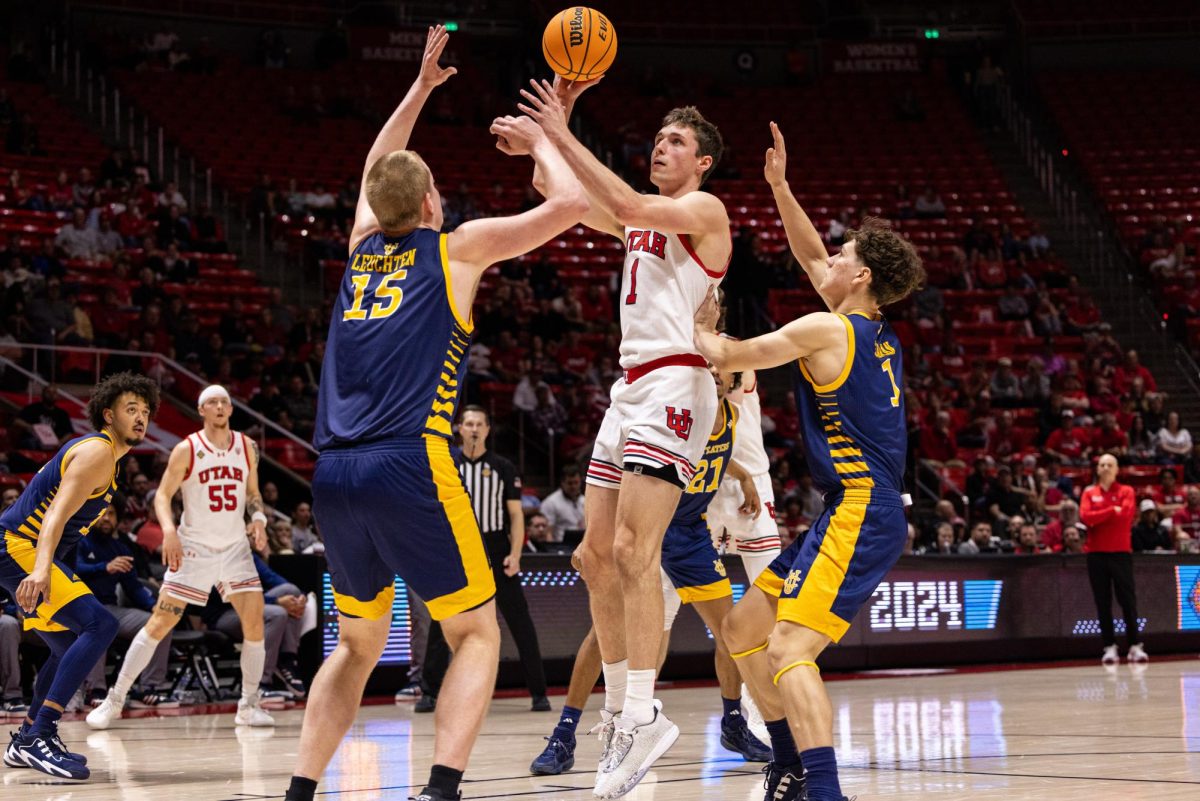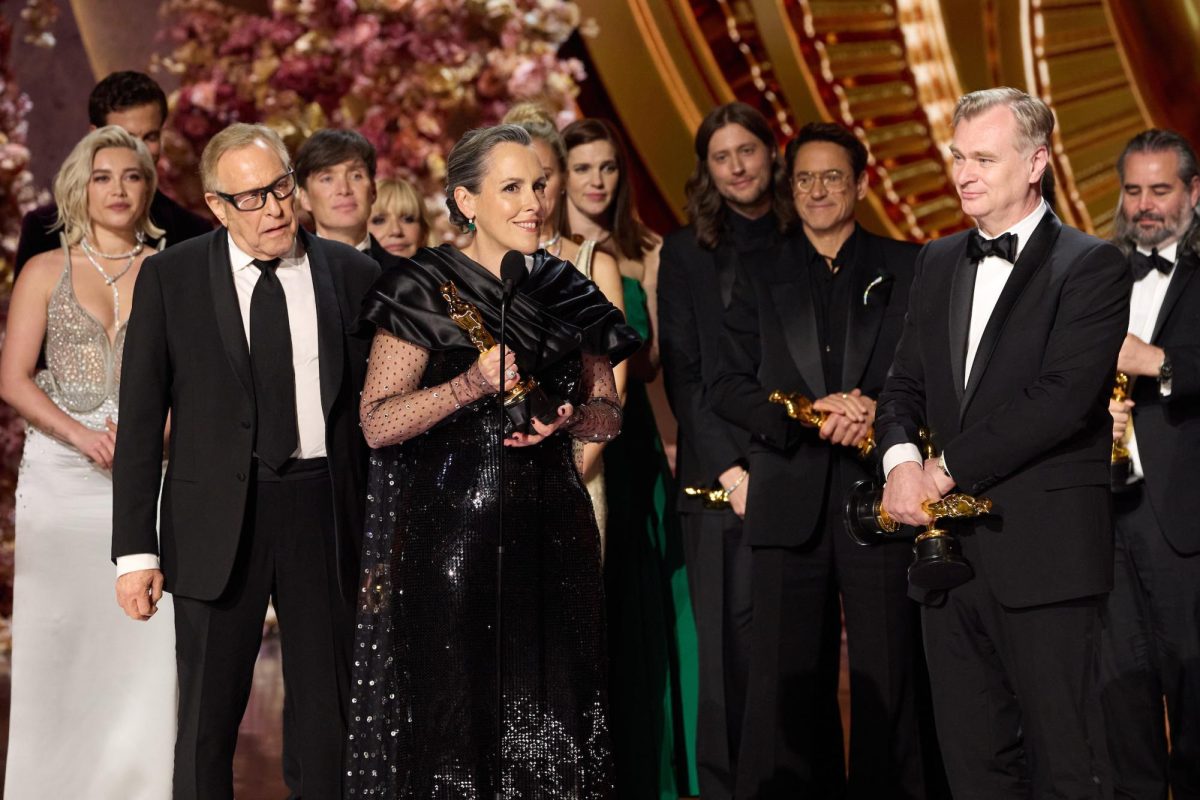Every artist has their medium and U grad Danny Stephens has many: acrylics, oil, even spray paint. The common thread and underlying element to his work, however, is a collective cause — a desire to create art with a purpose.
Each body of work is sparked by a social issue, along with an intent to unveil elements of societal norms to increase awareness of certain aspects of today’s world.
“For me, personally, I don’t want to be an artist in vain,” Stephens said. “I would feel like I was just having a job painting a picture of an apple because somebody wants to hang a picture of an apple in their kitchen. I want to paint things that interest me, that feed my own curiosity and make me go research things so that I can learn more. When you’re a kid your parents would say, ‘What did you learn at school today?’ But at some age, that just stops — we’re not expected to learn. That’s why diving into these different elements, whether it’s social issues or anything else is so important.”
 Mississippi-born Stephens came to Utah in 2010 through seasonal employment with a hunger for travel. Every day on his way to work at a Park City ski resort, he passed through a neglected tunnel on Poison Creek trail, which sparked Stephens’s most well-known and arguably most influential art piece.
Mississippi-born Stephens came to Utah in 2010 through seasonal employment with a hunger for travel. Every day on his way to work at a Park City ski resort, he passed through a neglected tunnel on Poison Creek trail, which sparked Stephens’s most well-known and arguably most influential art piece.
“People had tagged the tunnel,” he said, “Murals have a way of getting rid of graffiti and vandalism because people tend to respect the art and don’t want to deface it. Park City has such a transient nature to it and has had such an impact in my life. People have this idea of Park City as this ritzy place, but I knew it from the bartenders, the ski instructors and ski lift operators and the people who are from all over the world. I really wanted to depict that in an art form and show the vibrant nature of the town and not just the ski resort ‘other image’ people may have of it. I wanted to represent the more transient, vibrant community.”
According to Stephens, the Poison Creek mural pushed him in a different direction as an artist as he realized “the singular artist is not responsible for all the good ideas” and sometimes it takes a community to bring something together. The large geometric mural ultimately ended as a collaboration of about 1,000 people, including fellow artist Miguel Galaz.
“We had to work with the mayor,” Galaz said. “We had to work with the city council and the arts people. We worked with the Artists Academy at the Kimball Arts Center, even local radio and TV stations, to really let everyone know [the mural] was happening and they could participate. I think a community centered on an art project made me realize we all have commonalities. I think that one piece in particular really made me realize the importance of community in my art.”
Stephens just completed five new murals in northern California and is currently a member of art co-op Artistic Portland, where he sells his landscape and oil paintings. Most recently, however, Stephens’ attention has been directed toward a group meditation-based phone app — a large-scale art project using people as a medium instead of paint. The idea behind the app is collective thought; if enough people locally or globally join in moments of positive thinking, meditation or prayer regarding a specific topic, there is a change in frequency in the environment, potentially causing positive change.
 “Collective thought is a huge part of how we operate as a society,” he said. “When we, as a collective, are being negative, then overall we are acting negatively. When the majority of us are being positive, then there’s a joy and just a collective good energy going around and I think art can sway that one way or the other. When you think about it, whenever the periods of art go dark, either they’re reflective of the times around them or causation of the time we’re in. I think it can go either way.”
“Collective thought is a huge part of how we operate as a society,” he said. “When we, as a collective, are being negative, then overall we are acting negatively. When the majority of us are being positive, then there’s a joy and just a collective good energy going around and I think art can sway that one way or the other. When you think about it, whenever the periods of art go dark, either they’re reflective of the times around them or causation of the time we’re in. I think it can go either way.”
The app, called “OKA,” is based on the effects of group practice of meditation on a population. A 1993 study on the results of a national demonstration project compiling over 4,000 group-meditation participants working toward preventing violent crime rates revealed there was a “highly significant decrease in homicides, rapes and assaults (HRA) crimes associated with increases in the size of the group [of meditators] during the demonstration project.”
“The fact that so much negativity is in the news, the result we get out of all of those negative thoughts is more negativity,” Stephens said. “When there are a lot of people meditating about world peace, violent crime drops in the area, so much so that it doesn’t make sense and they can’t explain it. If we could only get enough people on a local or global scale to do it, then we can have world peace and healing and make these things happen. I thought a phone application would be the easiest way to get people to do that and bring people together.”
The free app offers a rotating topic through the day and during that time, you think positively, meditate or pray about the certain focus. The project has been underway since Stephens’s time at the U and will soon be released to the public.
“Art is not limited to a sheet of paper, a poem or a play — it’s a collective effort. Our thoughts are art. We’re all artists and that’s the most basic thing we can do — channel our intention and our thoughts. That in itself can be part of a grander performance,” Stephens said.
@noteastbuterin







